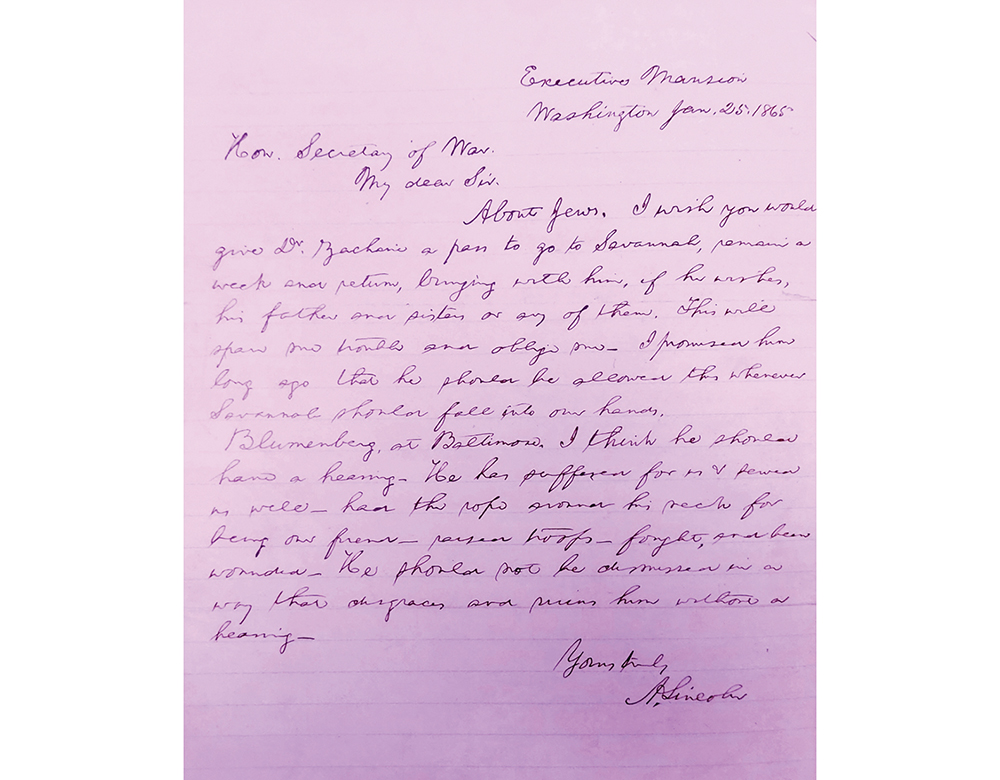“I have been to the doctor and all is great. My lab tests are good, X-ray is clear, blood pressure normal, and I don’t feel well. My energy is down, not sleeping well, maybe some vague muscle aches and pains. Where do I go from here?”
There is a distinct difference between traditional medical diagnostics and energy assessment used in craniosacral therapy, integrative manual therapy, energy medicine, applied kinesiology, and energy dialogues. The subtle energies assessed by all of these disciplines are not readily measureable but are easily demonstrable of the imbalances within a person’s body and energy field.
Let’s focus on a craniosacral assessment after suffering an injury. A child can experience a head injury that will come up negative on traditional medical diagnostic tests. Craniosacral assessment, however, can determine other forms of injury such as “stuck cranial rhythms.”
What does a stuck cranial rhythm mean and what does it look like? There are four paired cranial bones that have distinct directions of movement that follow the flow of the cerebrospinal fluid. This rhythm is measured at 6–12 beats per minute. The cranial bone attachments and response to the rhythm reflect in a constant subtle motion that can be palpated by a trained therapist. A trained therapist can equally assess:
1. symmetry of movement of the cranial bones;
2. quality of that movement: be it smooth, sluggish, staccato-like, or stuck;
3. amplitude of rhythm: if it is strong, or weak;
4. rate of rhythm: if it is fast or slow.
These assessments can help identify restrictions and imbalances in the craniosacral system.
For example, in the case of a child who falls out of a stroller hitting face forward on the ground, it is not uncommon to have an injury whereby the frontal bone has shifted back or posterior. This injury is common in many sports activities and does not (always or necessarily) show up on X-ray. Often there are no immediate symptoms to warn the family or health care providers that an injury has been sustained. This posterior shift of the frontal bone can result, over time, in subtle but distinct mood changes, difficulties in learning, headaches, neck pain, and TMJ. To further complicate the scenario, the cranial bones are directly connected through the spinal cord to the lower back and sacrum. This means that any injury either to the head or its counterpart, the sacrum, can vibrate to its matching counterpart. Furthermore, the connective tissue or collagen that attaches at the top of the head connects down to the toes.
What we are saying is that a seemingly mild injury can be an agent in a greater harm.
In our experience, craniosacral therapy along with the other energy therapies have proven beneficial in relieving pain and improving learning and mood as well. Our clients report needing less medication and shifting out of disabling conditions when treated with these modalities.
Phyllis Krug is a physical therapist with a private practice in Teaneck, NJ and Monsey, NY. Her practice integrates many mind/body and energy therapies. She is available for private consultation, lectures, and classes and can be reached at 973-704-9062 or www.energydialogues.com. Phyllis Gordon is an occupational therapist in private practice working with infants, children, and adults in Tenafly, NJ. For appointments call 201-569-6288 or [email protected] or www.phyllisgordon.com
By Phyllis Krug DPT, PT, MS and Phyllis Gordon, MSOTR/L












